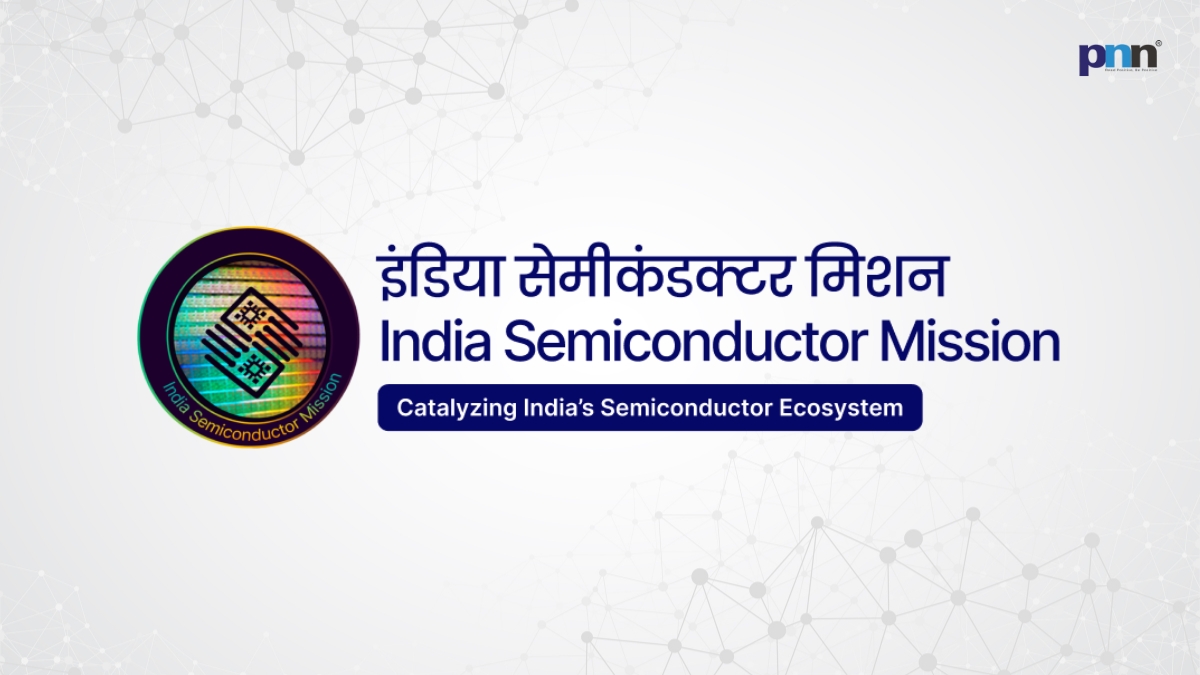New Delhi [India], August 12: Bhubaneswar’s Info Valley isn’t exactly Silicon Valley. At least, not yet. The loudest noise on a humid Tuesday afternoon comes from a tea stall where the owner argues with a customer about India cricket scores while fanning his coals. But somewhere a thousand kilometres away in New Delhi, the Union Cabinet, led by Prime Minister Narendra Modi, has just decided that this quiet patch of Odisha will soon hum with the world’s most advanced semiconductor technology. Price tag? Rs 4,600 crore. Mood? Somewhere between “let’s get this done” and “finally, we’re in the big leagues.”
India’s Semiconductor Mission Finally Picks Up Speed
India’s semiconductor mission has been dragging its feet for years, plenty of talk, but little concrete action. Now it’s wearing a hard hat. These four new projects bring the total to ten under the India Semiconductor Mission, spread across six states, with an investment pile of Rs 1.60 lakh crore. Think of it as going from small-town cricket to the IPL, except the players here are wafers, substrates, and MOSFETs.
Odisha Scores Big with Two High-Tech Facilities
Odisha gets the real jackpot: two projects in the same industrial park. First, SiCSem Private Limited joins hands with the UK’s Clas-SiC Wafer Fab Ltd. to launch India’s first commercial compound semiconductor fab. Translation? They’ll be working with Silicon Carbide, the tough cousin of silicon that doesn’t melt under pressure, literally. Sixty thousand wafers and 96 million packaged units a year will roll out for use in EV chargers, railways, solar inverters, defence systems, you name it.
Just down the road, the Americans are coming. USA’s 3D Glass Solutions Inc. will set up a plant making advanced semiconductor packaging so complex it sounds like sci-fi: glass interposers, silicon bridges, 3D Heterogeneous Integration modules. Output? About 70,000 glass panel substrates and 50 million assembled units a year. This stuff will end up in AI servers, photonics, automotive tech, and, yes, the kind of defence systems that make our neighbours nervous.
Punjab Powers Up Mohali’s Electronics Legacy
Mohali, Punjab, doesn’t need to reinvent itself; it’s already got an electronics pedigree. Continental Device India Private Limited is simply turning up the volume, producing high-power devices like MOSFETs, IGBTs, and Schottky diodes. The factory will pump out over 158 million units annually, most destined for EV charging infrastructure, renewable energy systems, and heavy-duty industrial use.
Andhra Pradesh Joins the Chipmaking Race
Meanwhile, Andhra Pradesh is stepping into the race with Advanced System in Package Technologies, teaming up with South Korea’s APACT Co. Ltd. Their focus is chip packaging for everything from mobile phones to cars, with a target of 96 million units a year. Not bad for a state better known for its coastline and biryani.
Building the People Behind the Machines
Of course, you can’t just buy fancy machines and expect them to run themselves. The government’s been busy training the next batch of chip whisperers; 278 academic institutions, 72 start-ups, and over 60,000 students have already been plugged into semiconductor design programmes. When these plants light up, they won’t just have cleanrooms; they’ll have people who know exactly what they’re doing.
For now, the dust in Bhubaneswar, Mohali, and Andhra Pradesh is from construction, not production. But give it a few years, and these places might just make the chips that power your phone, your car, and maybe even your country’s defence shield. And who knows, somewhere in the middle of all that high-tech wizardry, that tea stall in Info Valley might start serving cappuccinos. Perhaps by then, the locals will swap cricket debates for chip specs, and visitors will speak of Bhubaneswar, Mohali, and Andhra Pradesh not just as cities, but as milestones in India’s rise as a true technology powerhouse.

